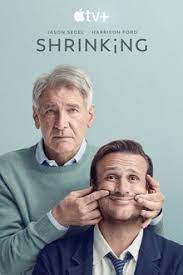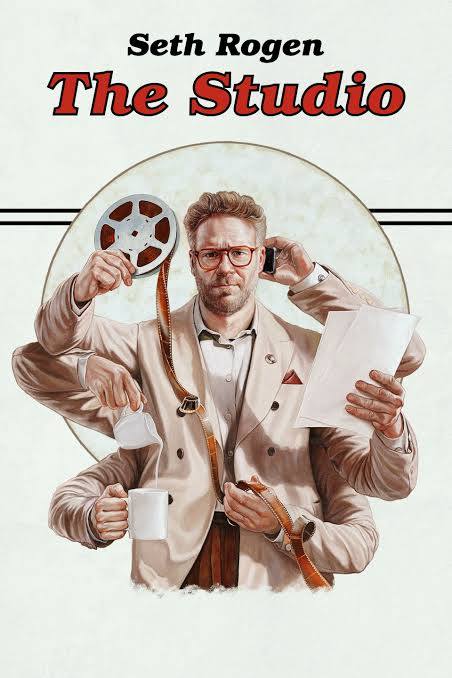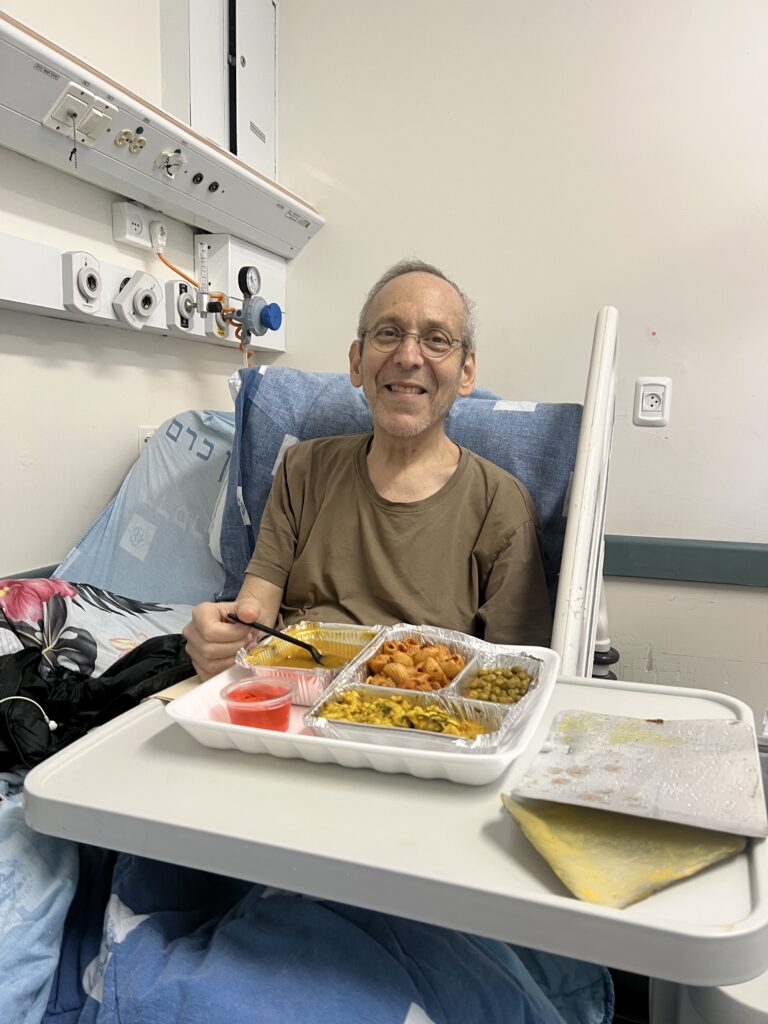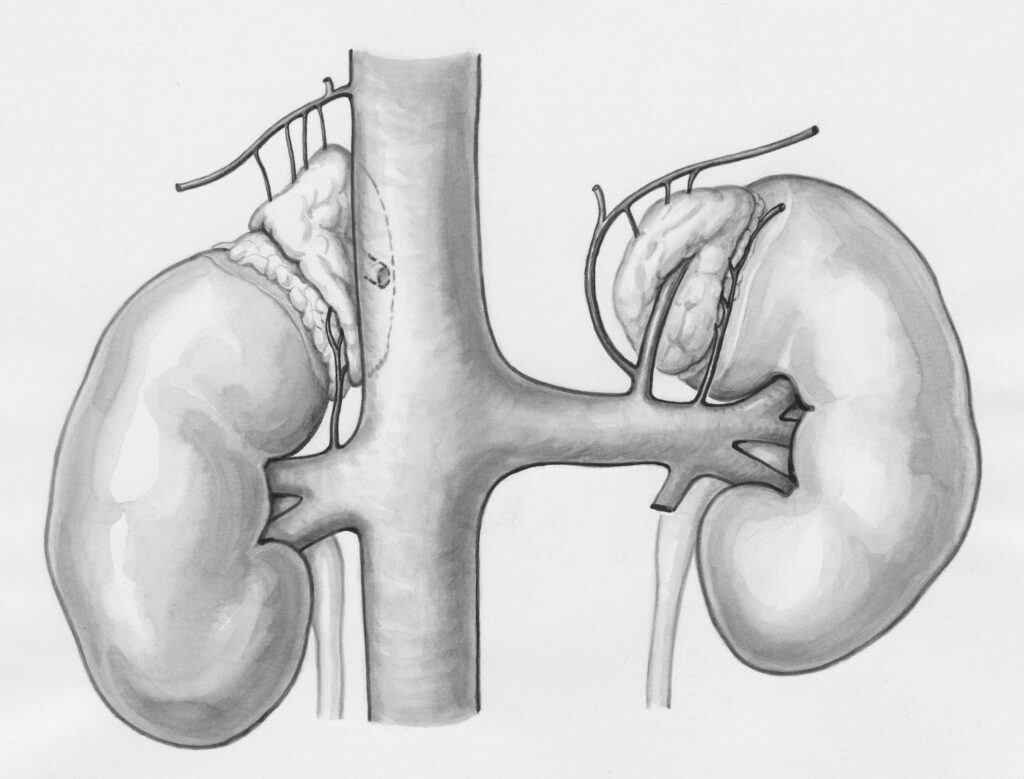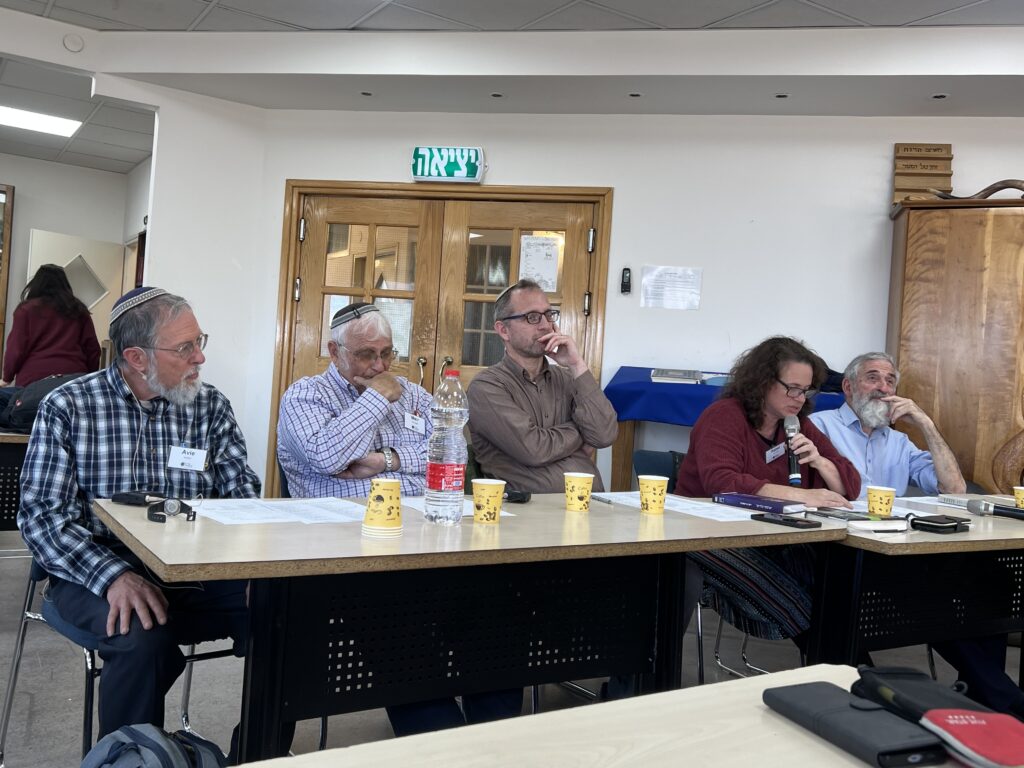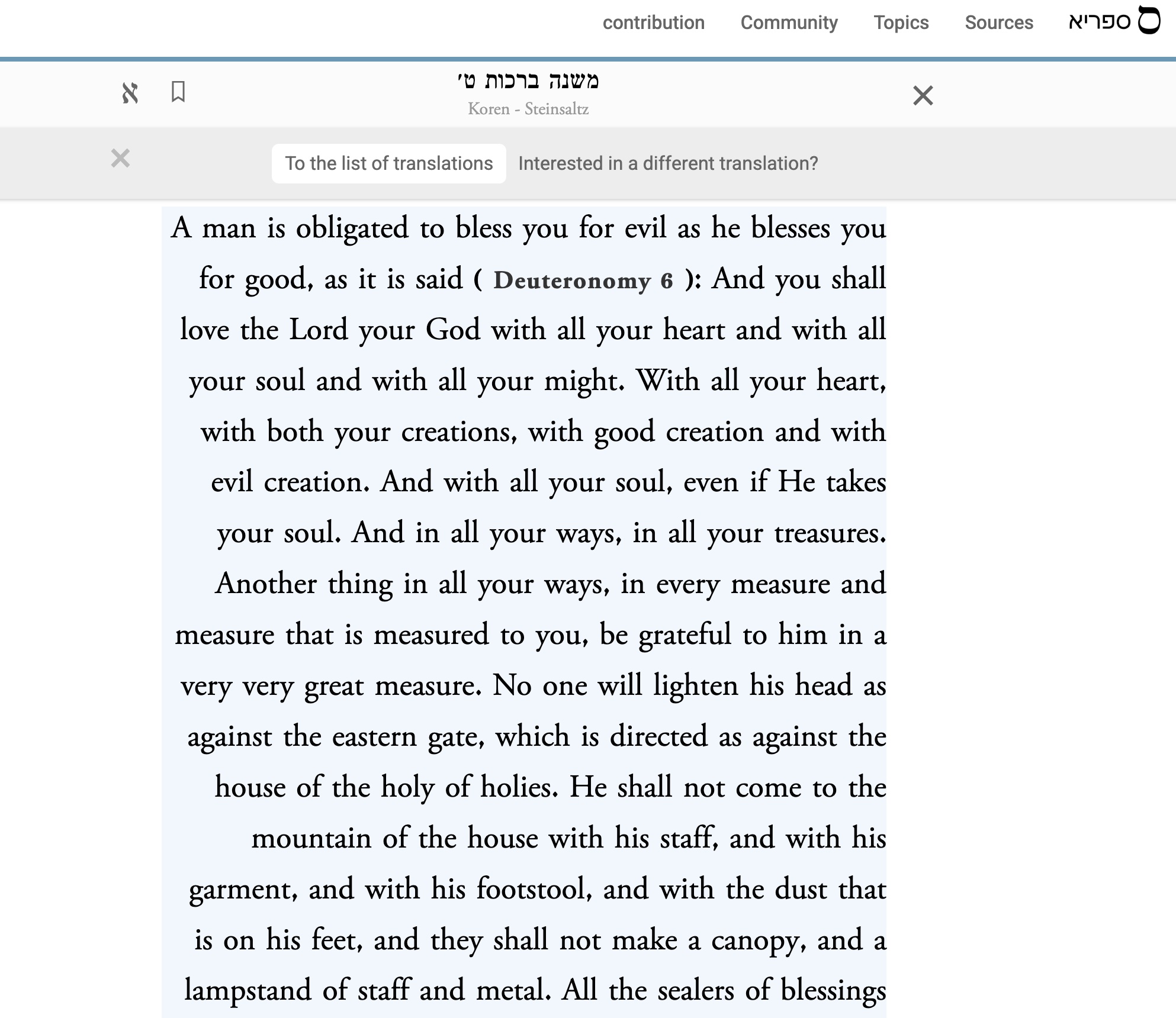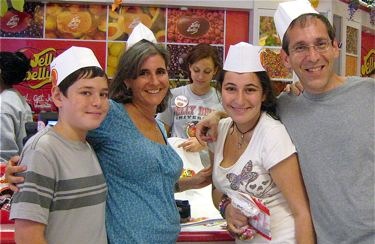I once had the strangest fantasy: When I retired, I would spend most of my time engaging in one of my favorite pastimes: watching TV.
Well, now I’ve had a taste of that odd vision and it’s not all it’s cracked up to be.
Since my cancer turned aggressive, I haven’t had the energy to get out of the house all that much. So, pretty much every night (and some daytimes, as well), I’ve plopped myself in front of our living room TV and indulged.
After half a year of being a couch potato, though, I’d much rather be outdoors hiking or having fun beyond the telly. I hope that will come back.
My watching preferences vary depending on whether I’m alone, with one of my children, or with my wife, Jody.
Jody and I go for thought-provoking or romantic dramas, documentaries and sitcoms. Here are some of the more recent shows that have hooked us.
Like everyone else with Internet access, we binged on “Adolescence” which was both a technical marvel (each episode famously shot with a single continuous camera) and a riveting drama about an incel-inspired teen murderer.
We followed that up with “This is Us” creator Dan Fogelman’s latest, “Paradise,” which I can’t say much about since, like his previous show, there’s a huge twist that happens at the end of the first episode that I’d be loath to spoil.
Speaking of paradise, “The White Lotus” – with its hotel real estate porn, this season set in lush Thailand – has maintained its quality as a delicious sendup of some of the most entitled characters to grace (and expire on) our TV screens.
We guffawed our way through “Schitt’s Creek,” “Ted Lasso,” “Man on the Inside,” “Fleabag” and Amy Schumer’s delightful “Life and Beth.” But it was “Shrinking” that captivated our obsessive attention. (Who knew Harrison Ford was born to play comedy?)
We’re not averse to subtitles. That has led us to many great Hebrew originals, including “The Beauty Queen of Jerusalem,” “A Body That Works,” “The Baker and the Beauty,” “Seven Figures,” and of course “Shtisel.” (We’re waiting for its Antwerp-set prequel “Kugel” to come out on a streaming service that doesn’t require a VPN to watch it in Israel!)
Japan has long been on our travel bucket list, so I highly recommend Netflix’s “Asura,” about four sisters dealing with infidelity; it’s directed by our favorite Japanese moviemaker, Hirokazu Kore-eda.
As good as it is, “Asura” still pales in comparison to Min Jin Lee’s epic “Pachinko,” which tells the story of Korean immigrants and the racism they experienced – and continue to experience – in the Land of the Rising Sun.
When I’m on my own or with one of the kids, my theme of choice skews more towards science fiction. For that, there’s no better option than AppleTV+, which is the home for hits like “Severance,” “Silo,” “For All Mankind,” “Invasion,” “Dark Matter” and “Foundation.”
Netflix is no slouch in the sci-fi and fantasy department either – see the streamer’s brilliant TV take on “3 Body Problem.” “Black Mirror” posted its latest season to Netflix last week; “Stranger Things” is due to return at some point this year. The final season of Hulu’s “The Handmaid’s Tale” (which nowadays seems less fiction than painfully prophetic) has just gone live, too.
I’ve enjoyed both Marvel’s moves to the small screen (“Wandavision” and “Loki” in particular) and Star Wars’ forays on TV (“The Mandalorian” and “Andor” being my faves). A longtime Star Trek obsessive, I’ve watched every episode of “Strange New Worlds, Picard” and “Discovery” although the most Star Trek-y of all in recent years has been Seth McFarlane’s space-spoof-turned-serious-sci-fi, “The Orville.”
I’m not exclusively a sci-fi snob. I’ve also perversely enjoyed the increasing number of shows about Internet scammers, although some of them have hit a bit too close to home.
“Apple Cider Vinegar” told the uncomfortable tale of wellness influencer Belle Ramsey who scammed friends and family out of hundreds of thousands of dollars by faking terminal brain cancer and then claiming she cured herself through healthy eating.
That was topped by “Scamanda” about another cancer scammer, Amanda Riley, who convinced her church she had lymphoma – hey, that’s my cancer! – but had gone into remission and then relapsed a half dozen times as she bilked parishioners out of their hard-earned cash. She somehow managed to stage photos with actual IVs in her arm.
Other scam-umentaries I’ve binged include “Inventing Anna” (the Anna Delvey story), “The Tinder Swindler,” which exposed to the world Israeli Simon Leviev’s continent-hopping con of gullible Scandinavian women, and multiple takedowns of Purdue Pharma.
So, what’s next on my TV bucket list?
The restaurant drama “The Bear” is supposed to be great if intense.
I watched every episode of “The Americans,” so anything starring Keri Russell, who leads the spy thriller, “The Diplomat,” will surely percolate to the top.
The reviews for Seth Rogen’s Hollywood satire, “The Studio” have been excellent. He already had us laughing with his previous outing, the ribald “Platonic.”
There are still a bunch of classic comedies I’ve never watched, including “Veep,” “Parks and Recreation” and “Community.” And it’s about time I find time for the Israeli mockumentary, “Checkout” (“Kupat Reshit”), which streams on the U.S.-based ChaiFlicks.
There’s one more show Jody and I debated over whether to watch: “Dying for Sex,” about a woman with terminal cancer who decides to spend her final months indulging in, well, it’s in the title. Unlike in “Scamanda” or “Apple Cider Vinegar,” this based-on-a-true story’s protagonist really was sick and eventually died.
Hmm… that might not be the most appropriate escape at this point in my own cancer journey.
I posted my couch potato dream TV list at The Jerusalem Post.
Couch potato photo by Stephen Kong on Unsplash
{ 0 comments }




